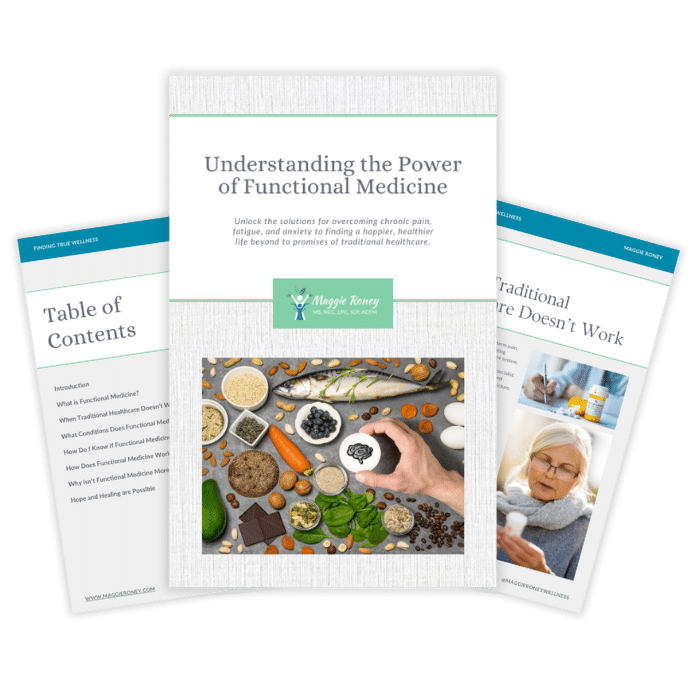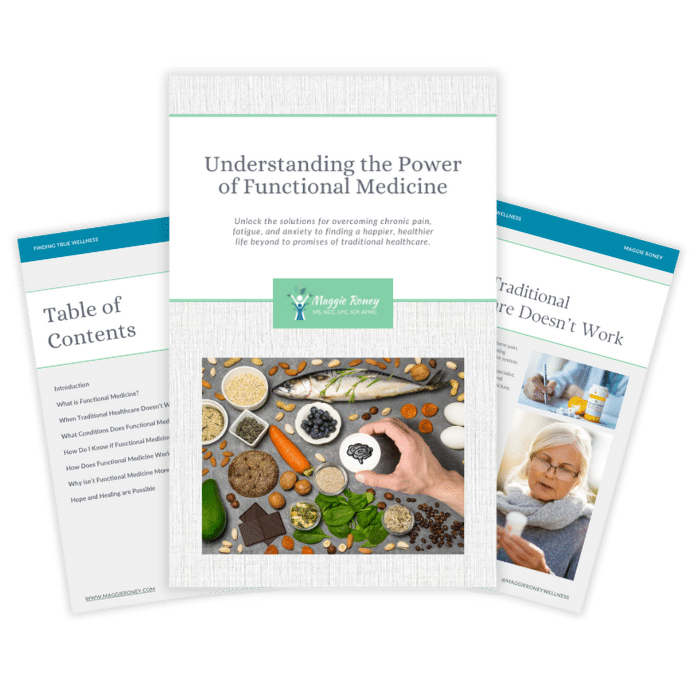Do you think that your child may have ADHD/ADD? There are a lot of clear signs that your child may have ADHD/ADD, and the good news is that there are many ways children can harness this boundless energy to have outlets where they can reach their potential and new lengths. Your child can lead a successful and fulfilling life with the right treatment.
This article will review all the basic truths and treatments for ADD and ADHD and the signs if your child has either ADD or ADHD.
What is ADD and ADHD?
Attention Deficit Disorder (ADD) or Attention Deficit Hyperactivity Disorder (ADHD) are disorders that affect the prefrontal cortex, an area of the brain responsible for emotional regulation, planning, and motivation.
The disorders lead to impulsive behavior, as the brain is not able to process information quickly enough to make decisions. As a result, people with ADD and ADHD may act before they think, leading to difficulty controlling impulses and making decisions.
They may also have difficulty focusing on tasks, as their minds are easily distracted. These delays in the prefrontal cortex can lead to impulsive behavior and, if left untreated, can have a negative impact on a person’s life.
Signs If Your Child Has Either ADD or ADHD
When it comes to signs that your child may have ADD or ADHD, it is essential to be aware of the potential indicators. While some signs may be difficult to differentiate from normal childhood behavior, certain behaviors may be more indicative of either ADD or ADHD.
One of the most common signs of ADD or ADHD is difficulty focusing or paying attention. If your child is easily distracted and has difficulty staying on task, this may be a sign of ADD or ADHD. Additionally, if your child has difficulty following instructions or is forgetful, this may also indicate ADD or ADHD.
Another common sign of ADD and ADHD is hyperactivity. This may indicate hyperactivity if your child constantly moves, fidgets, or talks.
If your child is impulsive and acts without thinking, this may also be a sign of hyperactivity. Other signs of ADD or ADHD may include:
- Difficulty controlling emotions.
- Difficulty making or maintaining friendships.
- Difficulty with organization.
- Difficulty with time management.
- Difficulty with completing tasks.
If your child exhibits any of these behaviors, it may be a sign of ADD or ADHD. It is important to note that all children are different and may display different behaviors, especially in young girls. If you are concerned that your child may have ADD or ADHD, speaking with a healthcare professional is essential.
About ADD and ADHD
In the last decade, the diagnosis of ADD and ADHD has increased by more than 50%. This is due to various factors, including the increased awareness of the disorder and its symptoms and the availability of more accurate diagnosis methods. Studies have also shown correlations between these disorders and the toxins we encounter in everyday life, such as metals, certain foods, lifestyle, and lighting of electronics.
ADD is a disorder that affects the brain’s ability to process information, resulting in slower processing speeds. This can be caused by a lack of dopamine, a neurotransmitter regulating attention. ADHD, on the other hand, is characterized by hyperactivity and impulsivity. A need for acetylcholine, a neurotransmitter responsible for memory, body functions, and movement, can cause this. Both disorders can be managed with the help of medication, therapy, and lifestyle changes.
With the right support and treatment, those with ADD and ADHD can lead successful and fulfilling lives. However, the typical treatment for ADD and ADHD is to prescribe stimulant medications that overstimulate the brain to make it work better. But this does not address the root cause of the disorder.
Stimulant medications increase the amount of dopamine in the brain, which is responsible for alertness, positive mood, motivation, and pleasure or reward seeking. There are better ways that you we can address the root cause of the disorder and ultimately be able to help those with it.
Causes of ADD and ADHD
Nutrient Deficiencies
ADD, and ADHD can be caused by nutrient deficiencies, particularly zinc, and omega-3s. Zinc is necessary for brain development, the central nervous system, and the production of neurotransmitters such as epinephrine, norepinephrine, dopamine, and serotonin. It is also needed for the hippocampus, which controls memory and movement.
Many people with ADD and ADHD are deficient in zinc, and an excess of copper can also inhibit the production of serotonin and trigger emotional or behavioral issues such as hyperactivity, aggressiveness, anxiety, and impulsivity. Zinc-rich foods include red meat, seafood, chicken, beans, and nuts.
Omega-3s are also important for overall brain health, as the brain is composed of 60% fat. Foods that are high in omega-3s include fish, nuts, and seeds. Ensuring adequate levels of these nutrients can help to reduce the symptoms of ADD and ADHD.
Heavy Metal Toxicity
Heavy metal toxicity is a known cause of ADD and ADHD. Metals such as mercury and lead can have a genetic component due to a mutation or single nucleotide polymorphism (SNP) that prevents the body from converting certain nutrients to usable forms or detoxifying them. It is important to note that having the mutation does not necessarily mean it is always expressed.
Heavy metal toxicity can result from environmental exposure, dietary intake, or parental inheritance. The effects of heavy metal toxicity on the body can range from mild to severe, including cognitive and behavioral impairments that can manifest as ADD and ADHD.
Gut and Brain Connection
Gut and brain connection is essential in understanding the causes of ADD and ADHD. Approximately 90-95% of serotonin and 70% of dopamine are produced in the gut, and these neurotransmitters are sent to the brain via the vagus nerve. The gut is home to various bacteria and other organisms known as the microbiome.
When this environment is not adequately taken care of, certain bacteria can become overgrown and take over, creating an imbalance in the immune system and neurotransmitter development. This can lead to a lack of acetylcholine, a neurotransmitter necessary for proper brain functioning.
Foods That Contain Certain Chemicals
Certain foods have been linked to causing ADD and ADHD. These include foods containing dyes, especially red dye, glyphosate, sugar, artificial sweeteners, BHA/BHT (a preservative found in crackers, cereal, gum, etc.), TBHQ (found in soda fountain drinks and candy such as Reese’s peanut butter cups), sodas, and MSG.
Sugar can cause a surge in dopamine followed by a crash and add to an unwanted overgrowth in the microbiome. All these chemicals can have a negative effect on the body and should be avoided by those with ADD and ADHD.
Lack of Exercise
Lack of exercise can significantly impact those with ADD and ADHD. When muscles are not used, they do not work correctly, leading to difficulty with coordination and muscle memory. Toxins accumulate when the body does not sweat, further contributing to developing or worsening ADD and ADHD symptoms. Therefore, regular exercise is essential for those with ADD and ADHD to maintain healthy physical and mental functioning.
EMFs and Lower Vitamin D
xposure to electromagnetic fields (EMFs) can have a negative effect on the body, potentially leading to conditions such as ADD and ADHD. Low doses of radiation can damage cells and disrupt the body’s detoxification process. Low vitamin D levels are also very common in children and adults and are responsible for several functions, including being a precursor to serotonin.
Vitamin D deficiency can have a range of adverse effects on the body, including an increased risk of depression and anxiety. EMFs and low vitamin D can have severe consequences for health and should be addressed to ensure optimal health.
Reversing ADD and ADHD
Reversing ADD and ADHD can be complex, but many treatments available can help. There are many ways that you can reverse ADD and ADHD with the right treatments that can take a new approach.
Neurofeedback
Neurofeedback is a form of treatment used to help reverse the symptoms of ADD and ADHD. It is a biofeedback therapy that uses electrical signals from the brain to help the patient learn to control and regulate their brain activity. During neurofeedback sessions, the patient is connected to an EEG machine that measures the brain’s electrical activity. The patient then receives feedback through audio, visual, or tactile cues that help them learn to control their brain activity. This type of therapy effectively improves attention, focus, and impulse control and can help reduce the symptoms of ADD and ADHD. Neurofeedback can be used alone or with other treatments, such as medication and behavioral therapy.
Probiotics
Probiotics are a natural treatment for reversing ADD and ADHD. They help to balance the microbiome, which is especially important after a round of antibiotics. Probiotics are live bacteria and yeasts found in many foods and supplements which can help to restore the balance of bacteria in the gut and can also help to reduce inflammation.
Studies have shown that probiotics can help to reduce symptoms of ADD and ADHD, including hyperactivity, impulsivity, and difficulty focusing. Probiotics can also help to improve mood and reduce anxiety. They can be taken in supplement form or consumed in fermented foods such as yogurt, kefir, and sauerkraut. It is essential to consult a doctor before taking any probiotic supplement, as they can interact with certain medications.
Making Sure Minerals and Nutrient Levels Are Not Deficient
Ensuring that minerals and nutrient levels are not deficient is essential in treating ADD and ADHD. This is especially true after a round of antibiotics, as antibiotics can disrupt the balance of the microbiome. When the microbiome is out of balance, it can lead to various issues, including ADD and ADHD.
Making sure that minerals and nutrient levels are not deficient can help restore balance to the microbiome, which can help reverse the symptoms of ADD and ADHD. It is important to note that this is just one part of a comprehensive treatment plan for ADD and ADHD and should be used in conjunction with other treatments.
Prioritize Good Sleep Hygiene
Prioritizing good sleep hygiene is a necessary treatment for reversing ADD and ADHD. Sleep quality is essential for overall health and well-being, especially for individuals with ADD and ADHD. Sleep deprivation can worsen the symptoms of ADD and ADHD, making it difficult to focus and stay on task.
To ensure good sleep hygiene, individuals should create a consistent sleep schedule, avoid caffeine and other stimulants close to bedtime, and create a comfortable, dark, and quiet environment for sleeping. Establishing good sleep hygiene can help to reduce the symptoms of ADD and ADHD, allowing individuals to focus better and manage their symptoms.
Increase Exercise and Movement
Increasing exercise and movement can be a powerful treatment for reversing ADD and ADHD. Exercise helps to reduce the symptoms of ADD and ADHD by increasing the levels of dopamine and norepinephrine in the brain. These hormones are essential for regulating attention, focus, and impulsivity. Exercise also helps to reduce stress and improve mood, which can help to reduce the symptoms of ADD and ADHD.
Additionally, physical activity can help to improve cognitive functioning, which can help to improve focus and concentration. Exercise also helps improve sleep, benefiting those with ADD and ADHD. By increasing exercise and movement, individuals with ADD and ADHD can experience improved symptoms and functioning.
Decrease Toxins, Whether Through Foods or Environmental
Decreasing toxins in our environment and food is an effective treatment for reversing ADD and ADHD. Toxins can come from various sources, from the air we breathe to the food we eat. By reducing the number of toxins we are exposed to, we can help to reduce the symptoms of ADD and ADHD.
Eating organic and natural foods, avoiding processed foods, and removing toxins from our environment can all help to reduce symptoms of ADD and ADHD. Reducing stress and getting adequate sleep can also help reduce symptoms. By decreasing the number of toxins we are exposed to, we can help to reduce the symptoms of ADD and ADHD and improve overall health.
Can Obtain Genetic Testing To Determine If You Have a Mutation
Genetic testing is a great way to determine if you have a mutation that could be responsible for ADD and ADHD. To obtain genetic testing, you can ask your doctor or healthcare provider for a referral to a genetic testing facility. A blood or saliva sample will be taken and sent to a laboratory for analysis at the facility.
The laboratory will then analyze your DNA to see if you have a mutation that could be responsible for your ADD or ADHD symptoms. Genetic testing is a great way to gain insight into your condition and potentially find a treatment to help you manage your ADD and ADHD.
Testing For Mineral and Nutrient Levels
Testing for mineral and nutrient levels is essential in treating ADD and ADHD. By determining the levels of minerals and nutrients in the body, a doctor can identify any deficiencies contributing to the symptoms of ADD and ADHD. Supplementing with the proper vitamins and minerals can help to restore balance and improve symptoms.
Dietary changes may also be recommended to ensure the body receives the necessary nutrients for proper functioning. Testing for mineral and nutrient levels and making the appropriate changes can reverse the symptoms of ADD and ADHD and improve overall health.
A Holistic Approach
When it comes to ADHD and ADD, there is a tendency in our culture to lean toward medication as the primary form of treatment. While this can effectively manage symptoms, it is not the only approach. A holistic approach to treating ADD and ADHD can be just as effective and is often more beneficial in the long run. This approach focuses on treating the individual rather than just the symptoms. It includes looking at the person’s diet, lifestyle, environment, and emotional state.
A holistic approach to ADD and ADHD can be as effective as medication and is often more beneficial in the long run. It is essential to look at the person as a whole rather than just the symptoms. The article above shows exactly how you can accomplish this and treatments for those with ADD and ADHD.



